ESD PET-G – Black -0.500g Fiberlogy
Your safe electronics
The ESD Fiberlogy thread is designed to protect electronic components that are sensitive to electrostatic discharge. The material has high dissipative and anti-static properties with respect to the energy coming from the discharges, and is thus able to prevent damage or significantly reduce the risk of damage to your electronic devices.
The destructive nature of electrostatic discharges leads to the generation of high costs associated with the maintenance, repair and replacement of vulnerable components that companies must bear, especially those that manufacture and use electronics in conditions conducive to the ESD effect. Fiberlogy’s ESD task is to eliminate this threat. This is why ESD filament will be useful when printing enclosures for integrated circuits, sensors, connectors, measurement devices.
APPLICATIONS:
- ELECTRONICS: housings, covers, cases, screens products equipped with diodes, connectors
- TOOLS OR PARTS THEREOF: tools for working with electronics, tools for manufacturing electronic components
- PARTS AND TOOLS FOR TRANSMISSION: machine components, items of equipment for employees and production plants
Properties:
- high resistance to electrostatic discharge and chemicals
- high impact strength
- resistance to high temperatures and scratching
- possibility of mechanical and chemical processing
How to print?
*The following parameters are only suggested print settings for this material. To ensure the best print quality, it is necessary to select the appropriate settings for a specific printer and printing conditions.
- Nozzle temperature 250-265°C
- Bed temperature 90-110°C
- A closed chamber is recommended
- Fan 0-10%
- Flow rate 95-105%
- Print speed 35-60 mm/s
- Surface glass, masking tape
- Retraction (direct) 2-3 mm
- Withdrawal (Bowden) 4-6 mm
- Retraction speed 20-45 mm/s
- Drying conditions 60°C / 4h
Notes:
Due to the presence of nanoparticles, the structure of the filaments is not smooth. The presence of thickening is natural, but it does not affect the correct diameter of the filament, which is within the declared range.
Due to the possibility of nanoparticle accumulation, we recommend using a nozzle with a diameter of 0.6 mm, and if the nozzle becomes clogged, the printing temperature should be increased.


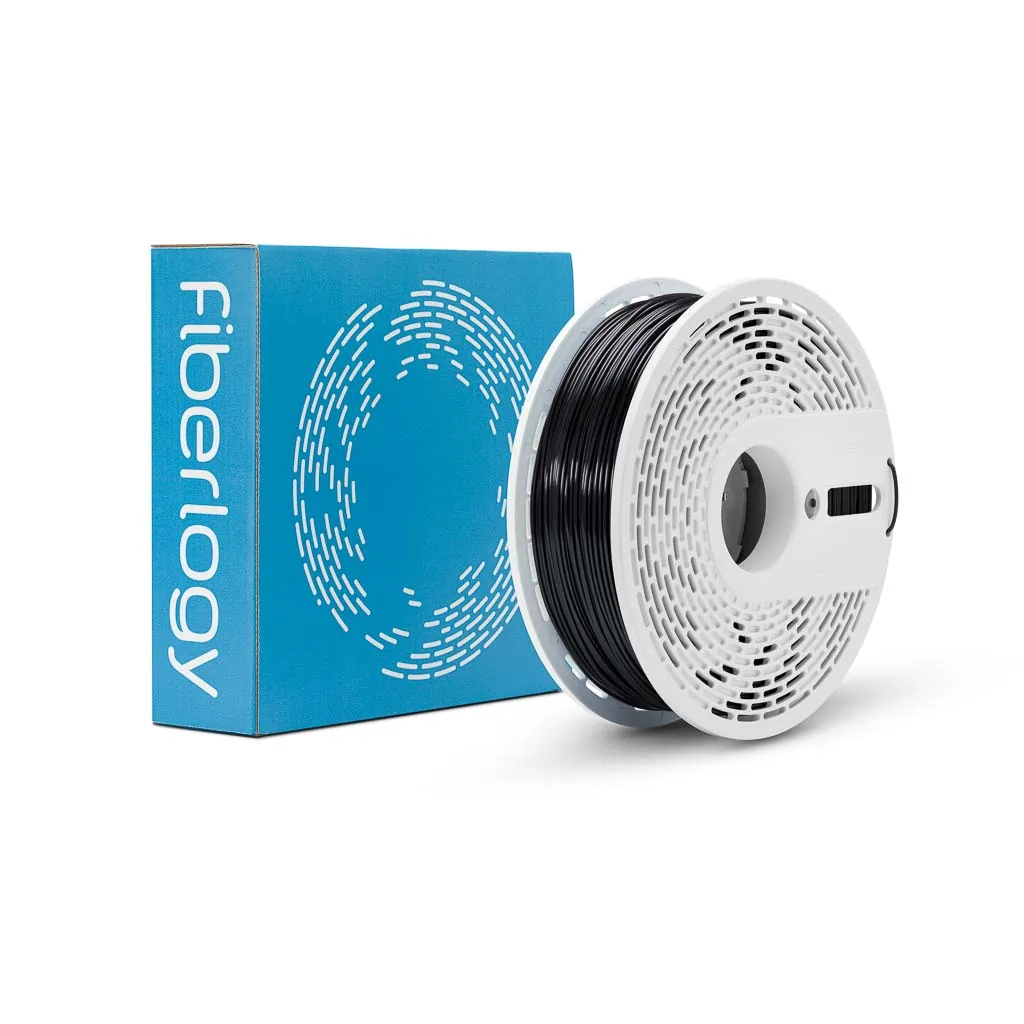
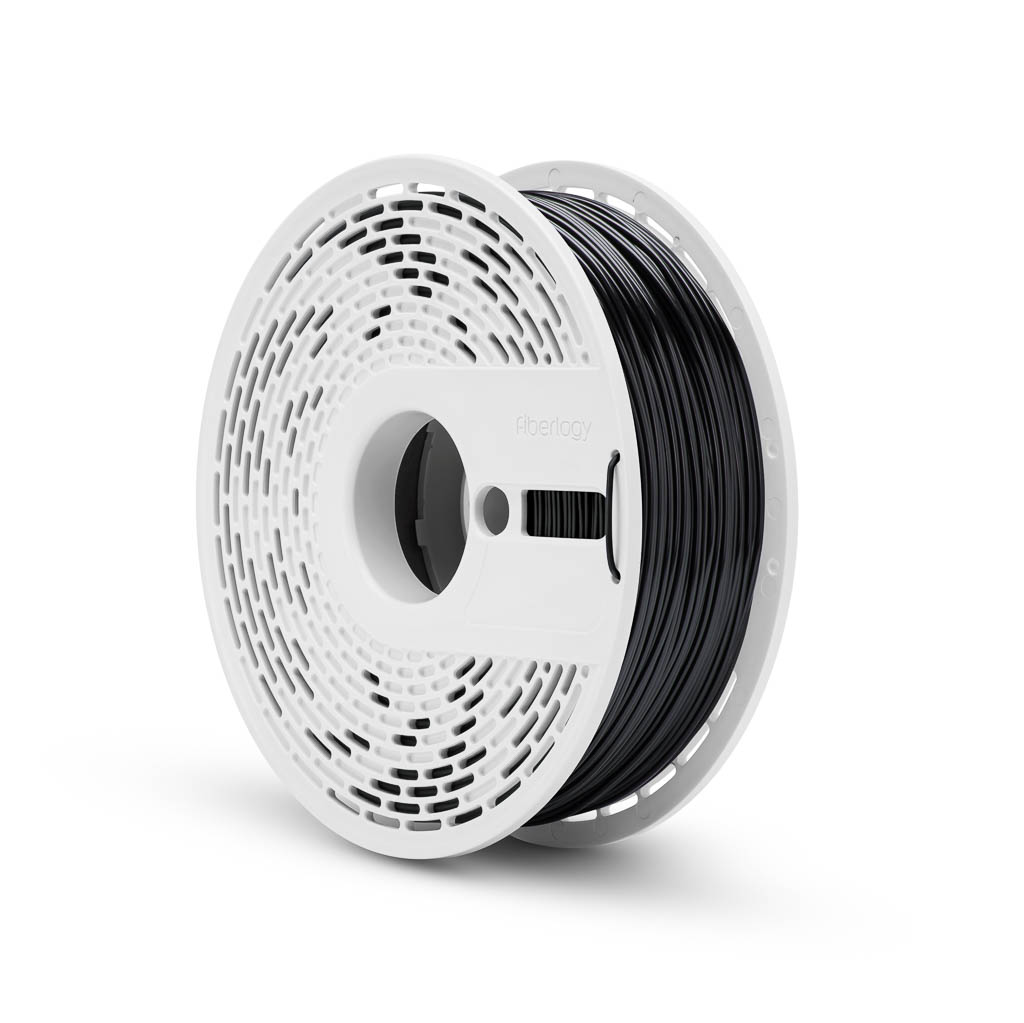
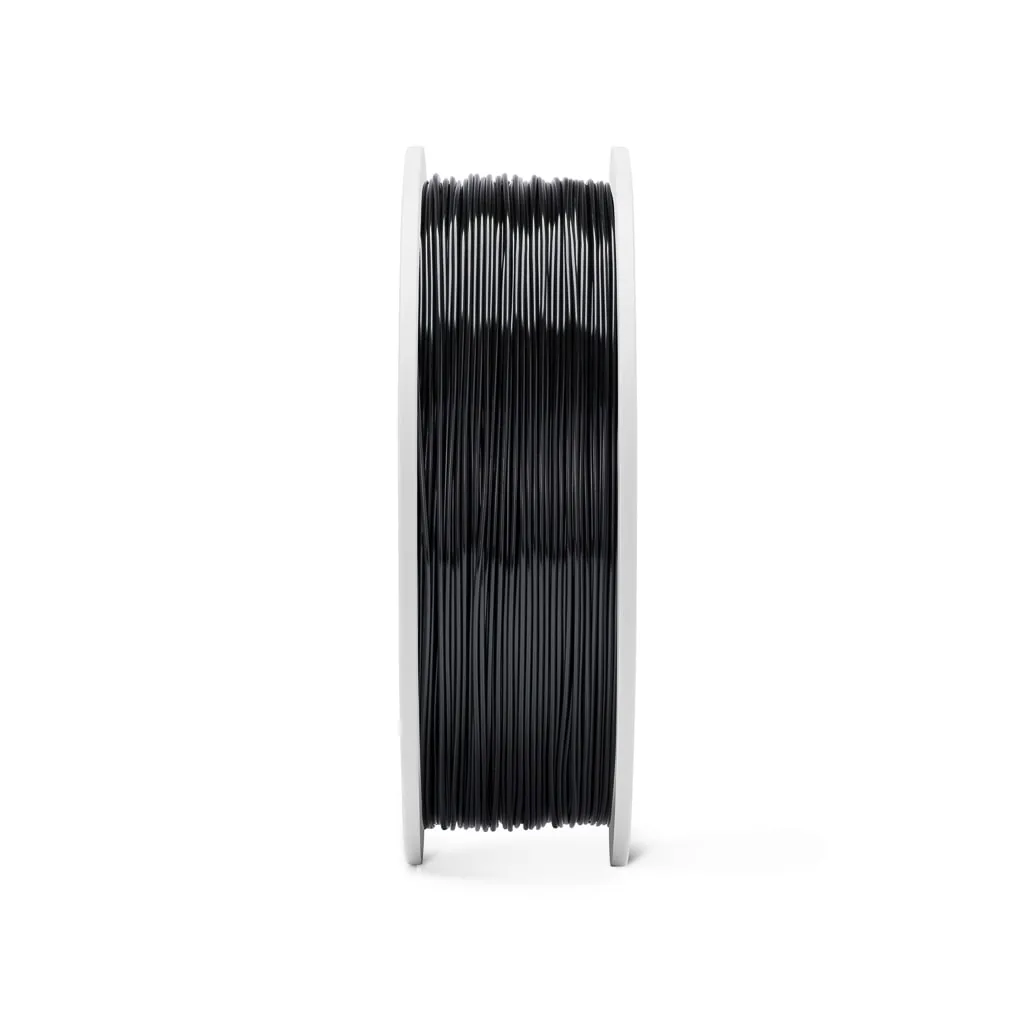
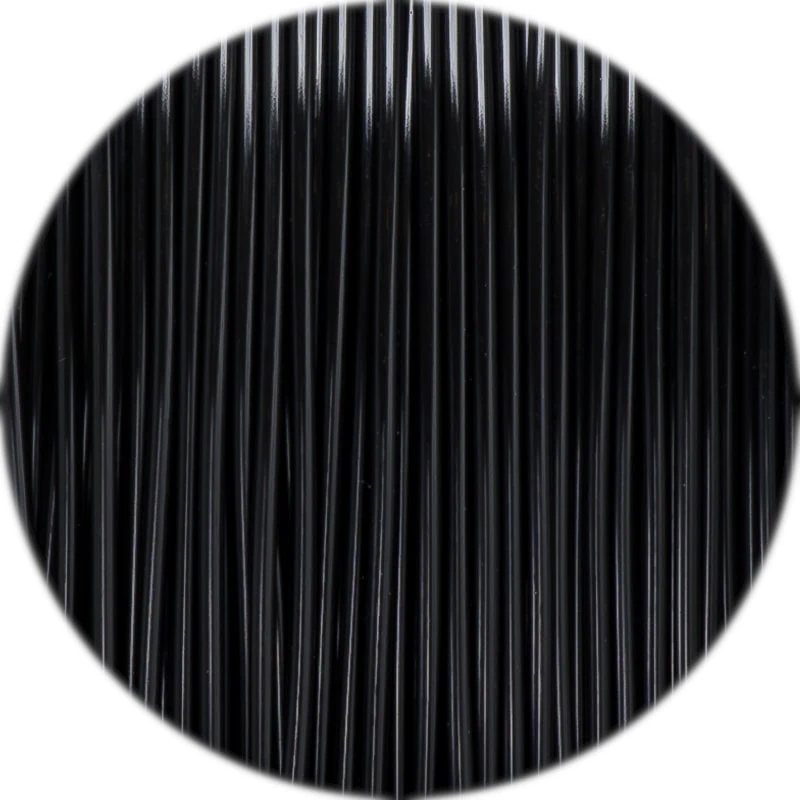
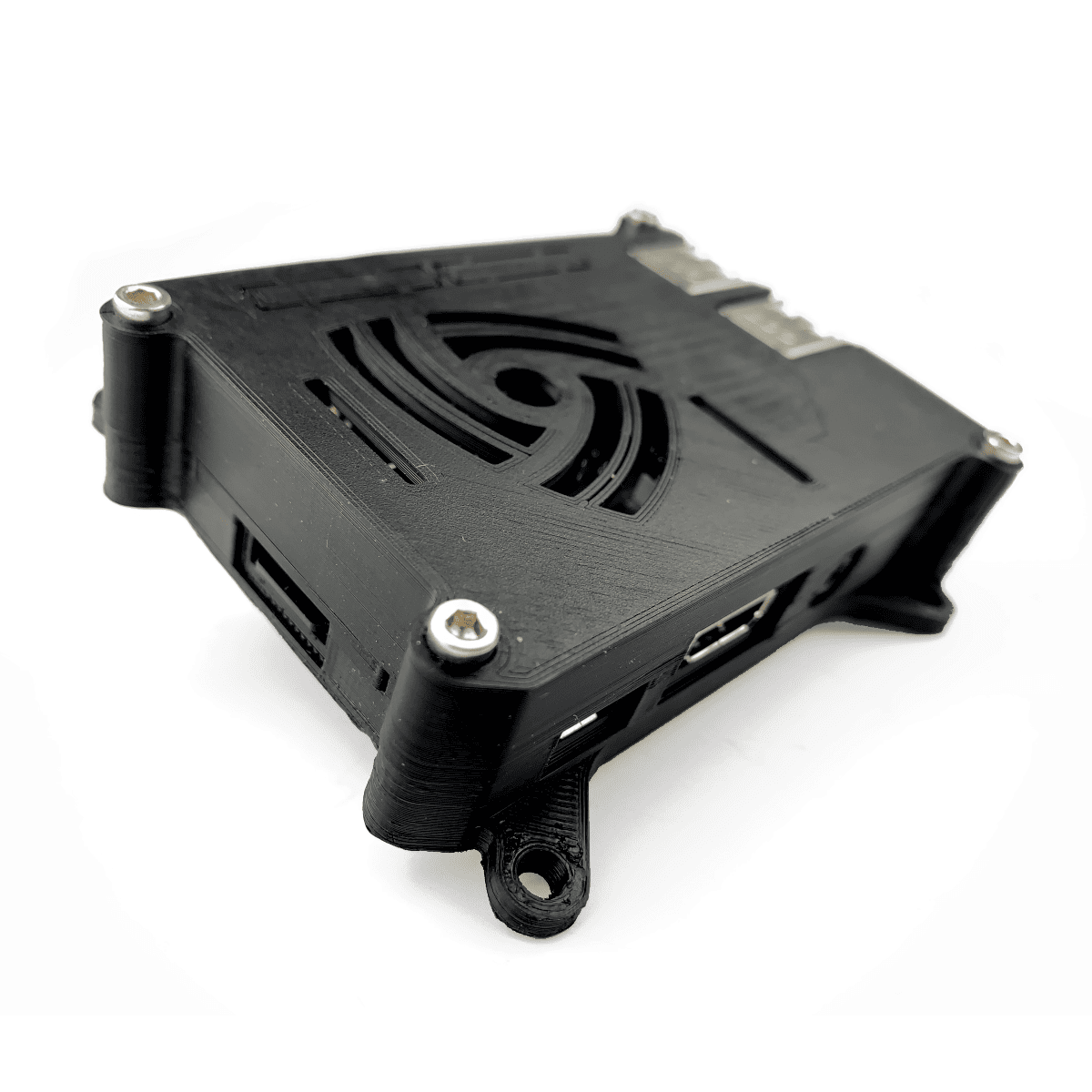

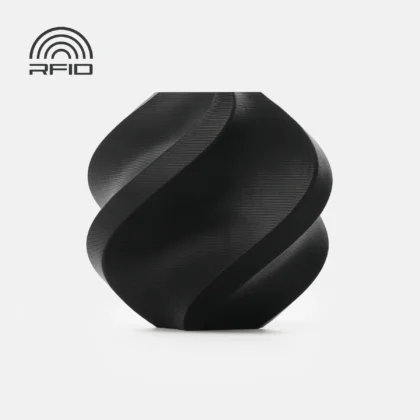




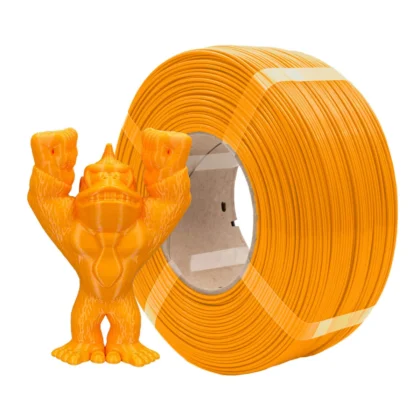

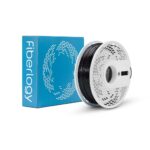

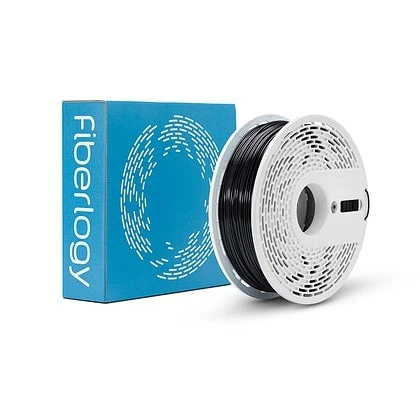
There are no reviews yet.